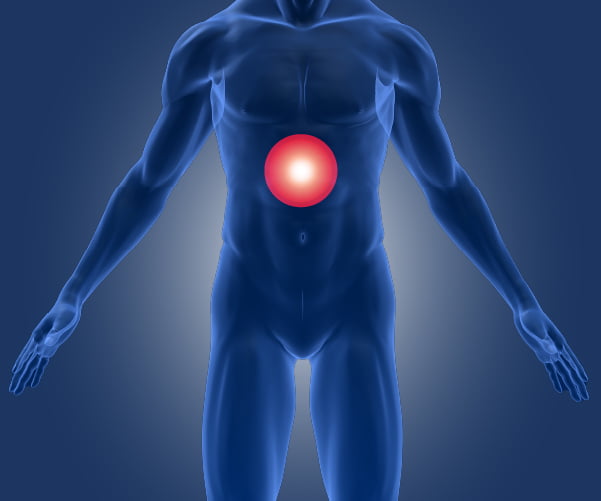What is it? ERCP is a procedure that allows your doctor to see the small tubes that connect the liver, the gallblader and the pancreas with your intestine. The two main tubes are called the common bile duct and the pancreatic duct, respectively. Both tubes are entering in the bowel just after your stomach, in the part of the small bowel which is called duodenum. The tubes carry digestive juices from your liver and pancreas to the intestines.
For the ERCP a camera test is performed with an endoscope which goes through your mouth into your stomach and from there in the first part of the small bowel, the duodenum. In the duodenum the doctor first finds the opening of the bowel where the bile duct and the pancreatic duct drain – this is called the ampulla. The next step is to put a small plastic tube through the endoscope in the ampulla and inject some dye which shows up on X-rays. The procedure allows the doctor to see the ducts and how they are working
Why it happens: An ERCP can identify and treat problems in the pancreatic duct and in the bile duct. There are many different reasons why you might be required to have an ERCP. The most common reasons are
Yellow skin or eyes (jaundice), light stool and dark urine
Stones in the bile or pancreas duct
A lesion or tumor in the pancreas, gallbladder, or liver
Frequency: In the Western World, 10-15% of the population has gallstones. Most are asymptomatic and the patients may not even be aware of the presence of gallstones in their gallbladder. Only 1-4% of patients with gallstones will suffer from biliary colic.
